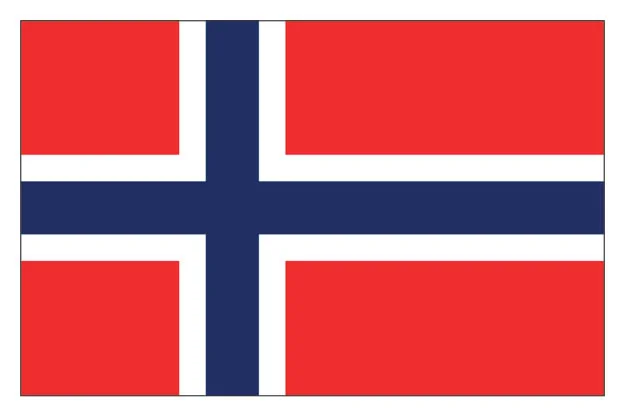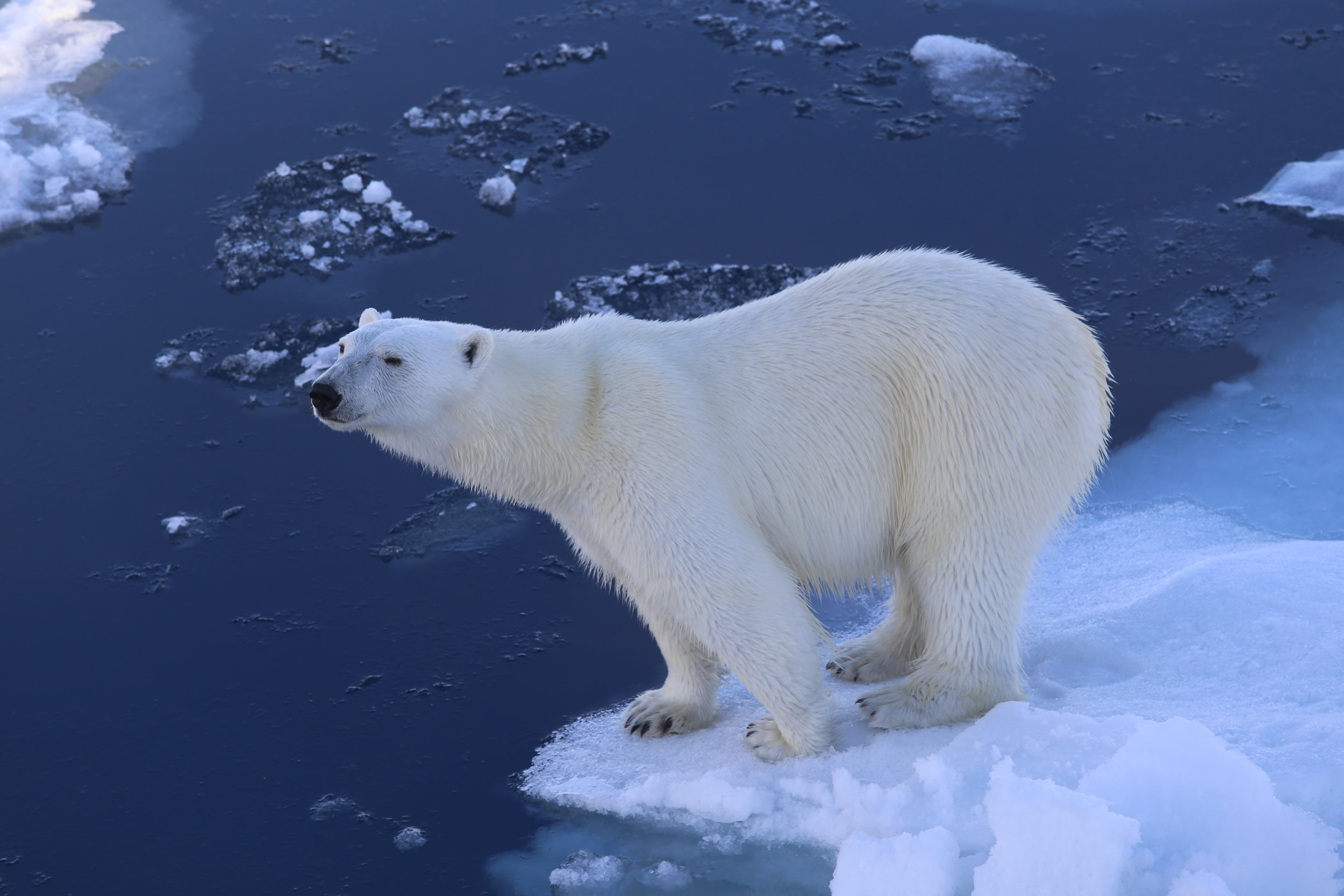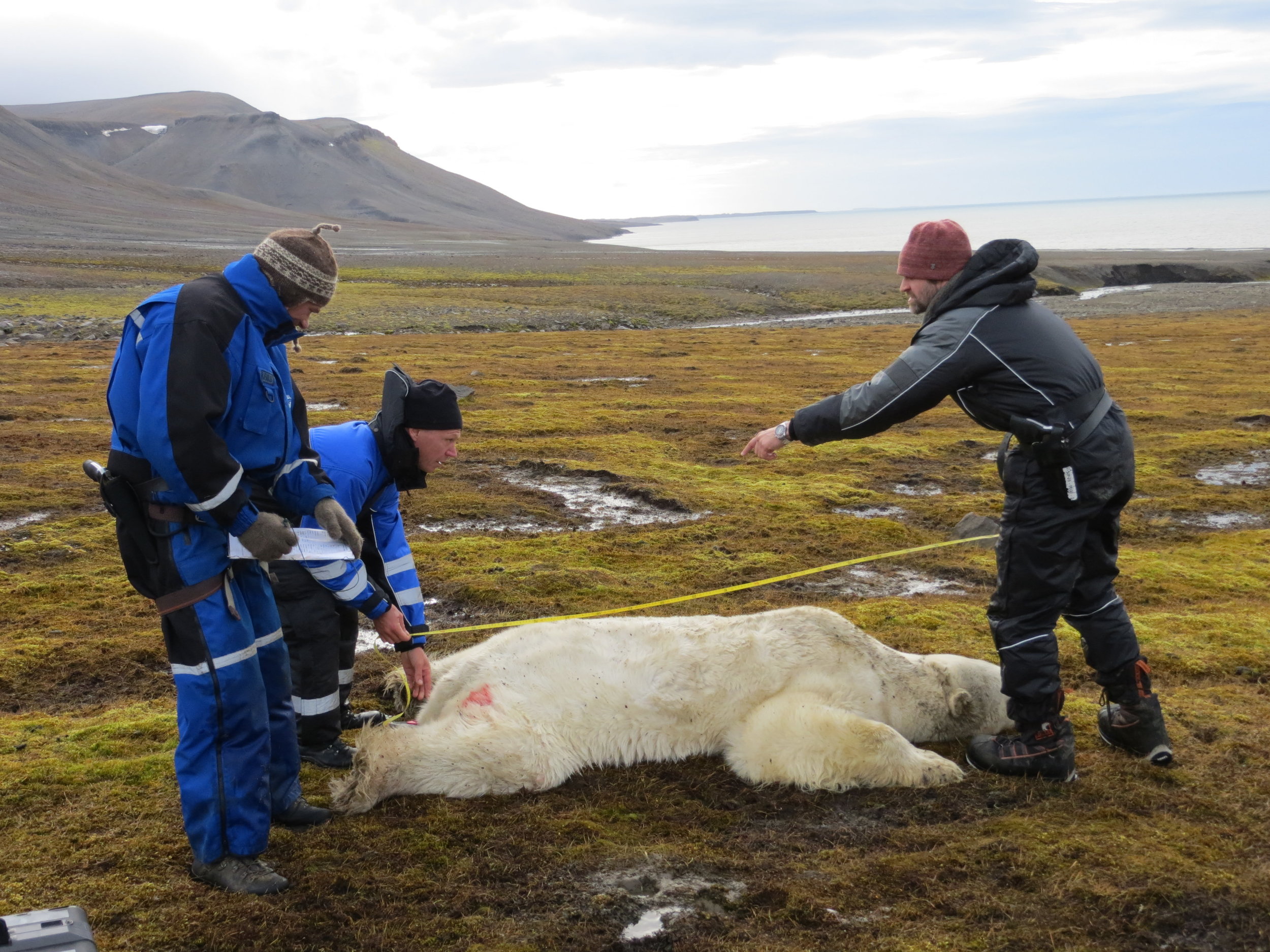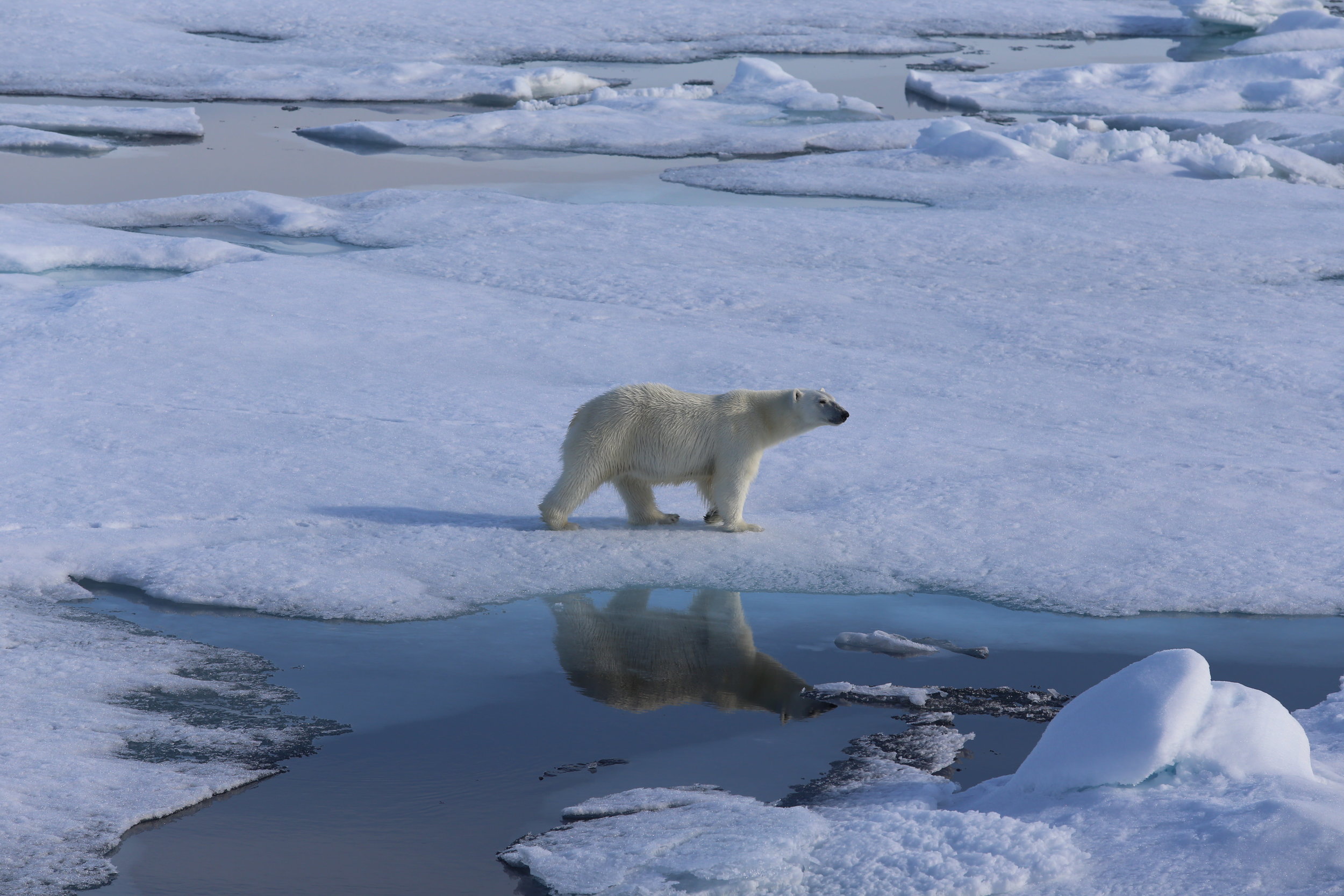Fat Matters When Sea Ice Melts: Polar Bears, Pollutants and Sea Ice Decline
SCIENCE
Text:
Sabrina Tartu & Heli Routti / Norwegian Polar Institute
Sophie Bourgeon / UiT The Arctic University of Norway
While most of us have declared war on fat, the layer of fat beneath our skin is vital.
Fat cells store energy in the form of lipids. In addition to being the body’s largest energy supplier, these cells secrete hormones that control whether we feel hungry. Arctic animals also need fat as insulation.
Polar bears mostly feed on seal blubber. In spring and early summer, when seals lie hauled out on the ice, polar bears can eat so much that 50% of their body weight can be pure fat. Polar bears need these huge fat stores to survive long periods without food. For example, pregnant females fast from the ice-free late summer/autumn and through an entire winter, spending up to 8 months in the den where they give birth and nurse their cubs.
Polar bears feed at the top of the arctic marine food web. That exposes them to a number of environmental pollutants, which are transported from industrialized areas to the Arctic by air and ocean currents and biomagnify in food webs. Consequently, pollutants can reach toxic concentrations in these top predators.
Storing fat in a polluted, changing world
During the last decades, with the simultaneous increase of chemical use and (human) obesity, several teams of researchers have investigated potential links between chemicals and the onset of obesity. Obesogens are chemicals that can disrupt how the body stores and uses fat (lipid metabolism). Several chemicals found in the environment appear able to provoke insulin resistance, for example, leading to diabetes and obesity.
The polar bears in the Barents Sea are among the bears in the Arctic that carry the highest concentrations of environmental pollutants. They also face the threat of ongoing climate change. Polar bears use sea ice to breed and feed, but with global warming, Arctic Sea ice is shrinking and thinning. Lack of sea ice makes it difficult for bears to find their preferred food and fatten up. They thus lose weight and become thinner, which may exacerbate the hazardous effects of pollutants.
How do sea ice, pollutants, and fat interact?
Two projects, one funded by the Research Council of Norway and the other by Fram Centre Hazardous Substances Flagship, both led by Heli Routti from the Norwegian Polar Institute, brought together a team of national and international researchers to study the combined effects of sea ice decline and pollutant exposure on fat metabolism, in polar bears from Svalbard.
We captured female polar bears during two contrasting seasons: spring, when sea ice reaches its greatest extent, and autumn, when sea ice is at its minimum. The sampling years also provided contrasts, with more sea ice in the winter of 2012 than in 2013. Finally, the sampling areas differed, as there is less sea ice year-round west of Svalbard than east of Svalbard.
We measured several notorious legacy pollutants (including organochlorine pesticides, PCBs and degradation products) and several emerging pollutants (such as per- and polyfluoroalkyl substances (PFASs) and brominated flame retardants). Since PCBs, pesticides and flame retardants are lipid soluble, we measured them in both fat and blood. In contrast, as PFASs and PCB metabolites bind to proteins, such as those circulating in blood, we measured them only in blood. We examined whether pollutant levels were related to sea ice conditions, which differed between seasons, years, and areas. We also compared pollutant levels in female polar bears that were with or without cubs, thin or fat, fasting or not. Our main finding was that the concentrations of lipid-soluble pollutants were higher in polar bears when sea ice was scarce. Then the bears were thinner and pollutants were more concentrated, whereas in fatter bears the pollutants were more diluted.
Fat and blood samples are used to study pollutants and their health effects in polar bears. Photos: Heli Routti and Magnus Andersen / Norwegian Polar Institute
Perturbed fat metabolism in polar bears
We related pollutant concentrations to health indicators that signal potential disruption of fat metabolism. Specifically, we measured the expression of genes involved in fat metabolism, thyroid hormone concentrations and clinical parameters (e.g. cholesterol, triglycerides). In addition, we isolated stem cells from polar bear fat. We used these cells in the laboratory to test whether pollutant mixtures affect their accumulation of fat. We also built an assay to test whether pollutants can disturb cellular receptors that switch on and off a range of genes involved in fat metabolism.
Thyroid hormones regulate an animal’s metabolism by regulating the “functioning speed” of its organs to be in line with its needs. Relationships between thyroid hormones and pollutants suggested that polar bears with heavy PFAS, PCB and pesticide loads might have an inappropriate metabolism and consequently consume less energy than actually needed. Moreover, other markers of fat metabolism considered in the project were also related to pollutant concentrations. Although the consequences of this are unknown, it could possibly result, for example in a reduced heat production, which they need in their cold environment.
The results of the Bear Energy project converge in a unanimous description of disrupted fat metabolism in female polar bears from Svalbard. In addition, our laboratory experiments on polar bear stem cells and cellular receptors indicated that pollutants do indeed perturb polar bear fat metabolism.
Are effects worsed when sea ice melts?
As pollutant concentrations are higher when conditions are extreme, the effects of pollutants on markers of fat metabolism will likely be more pronounced during iceless periods. This means that very warm temperatures, such as those recently recorded in Svalbard, are likely to exacerbate the perturbing effect of pollutants on fat metabolism in polar bears.







